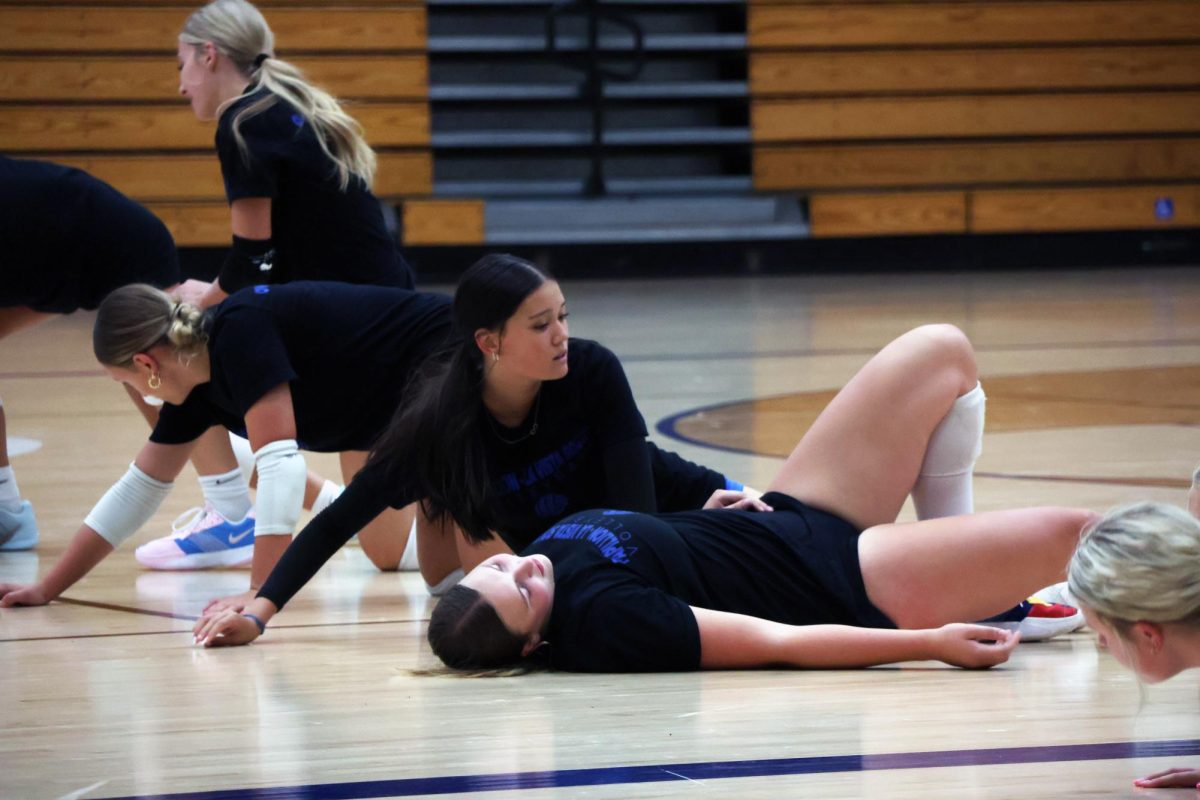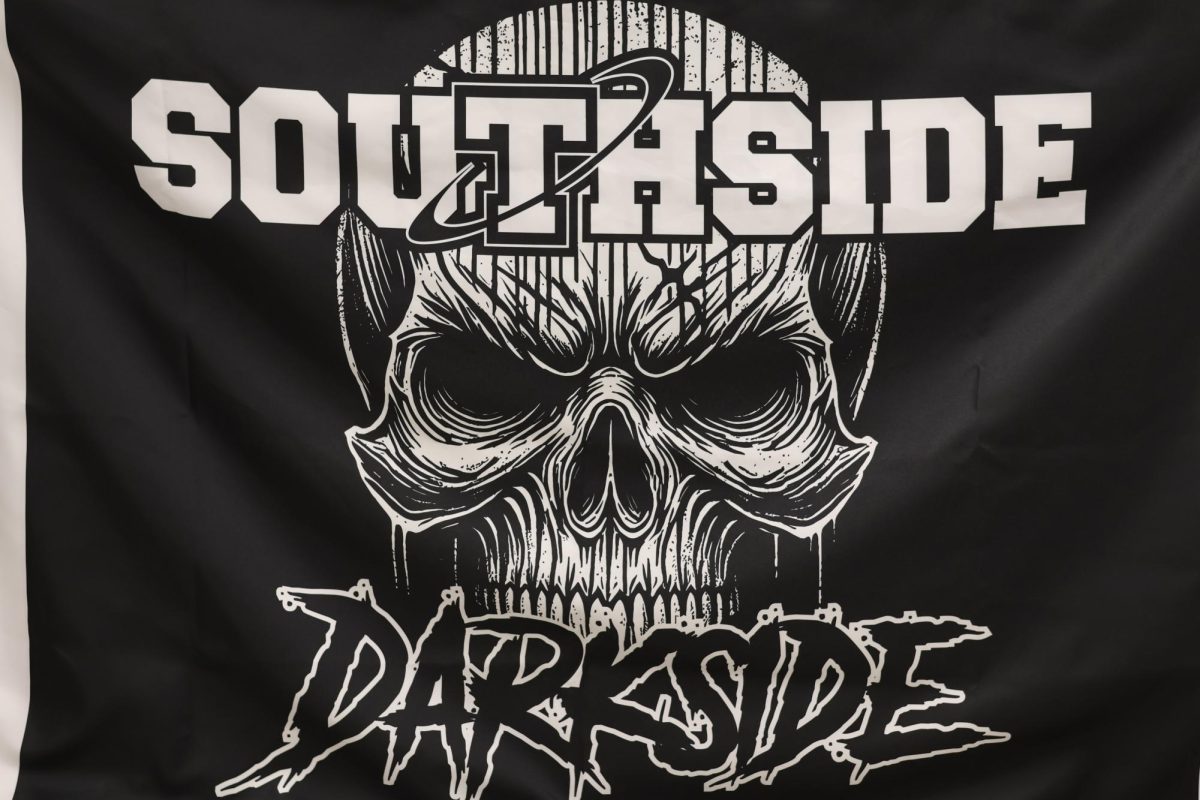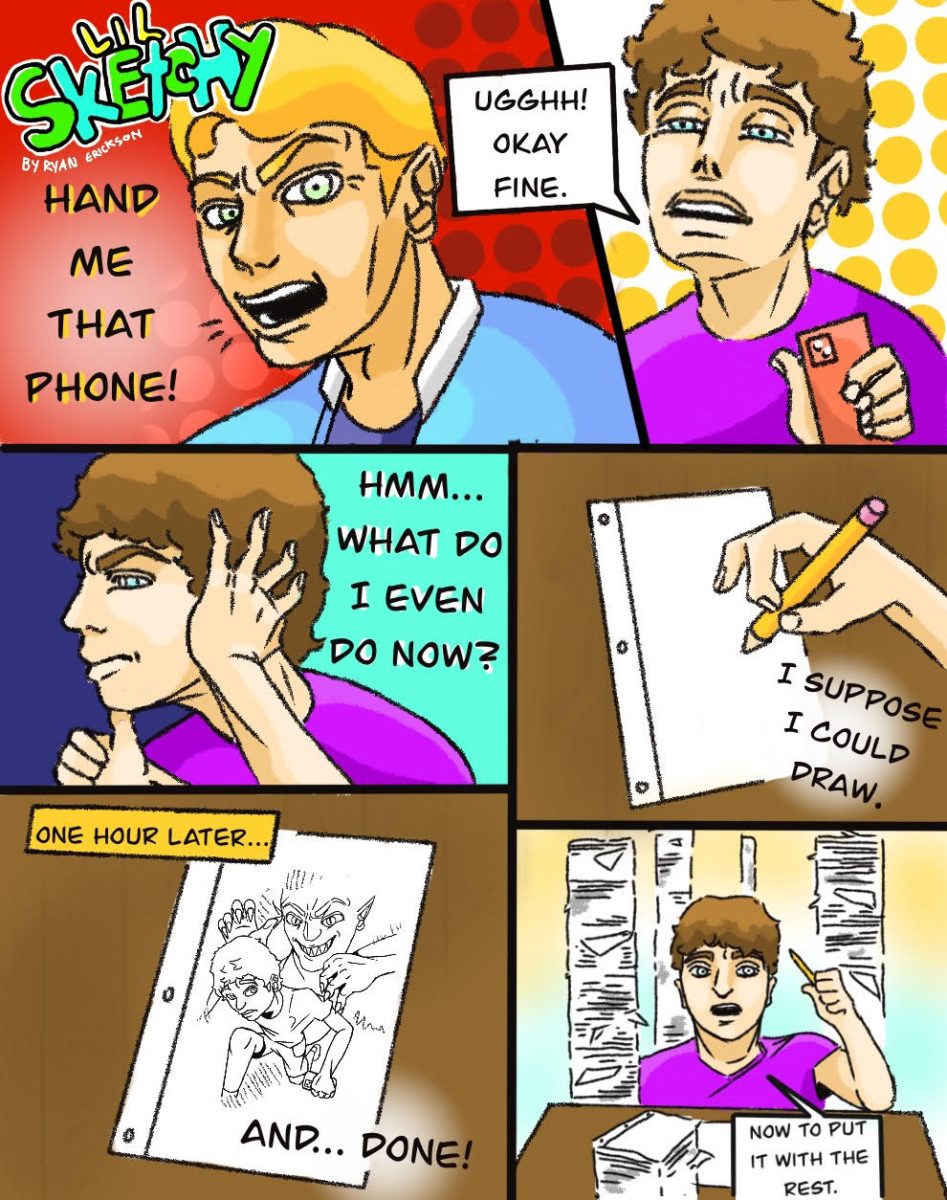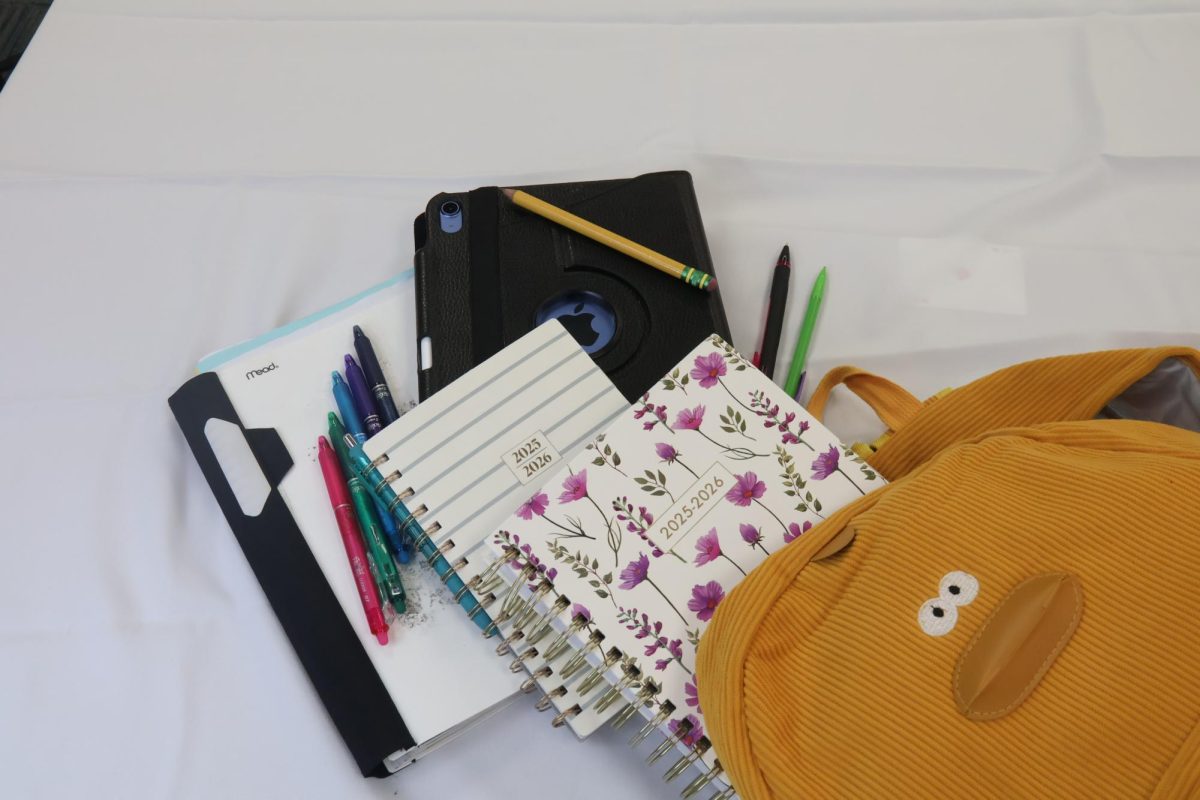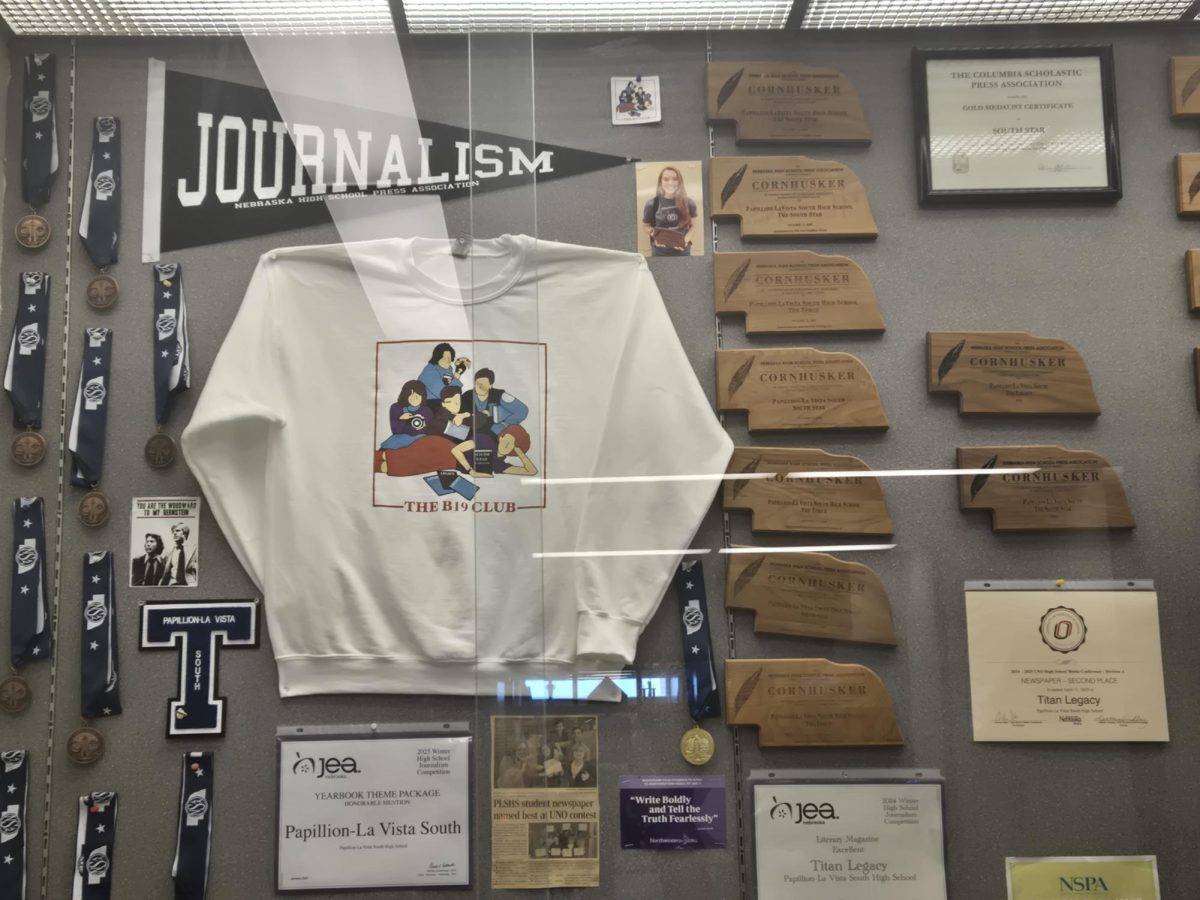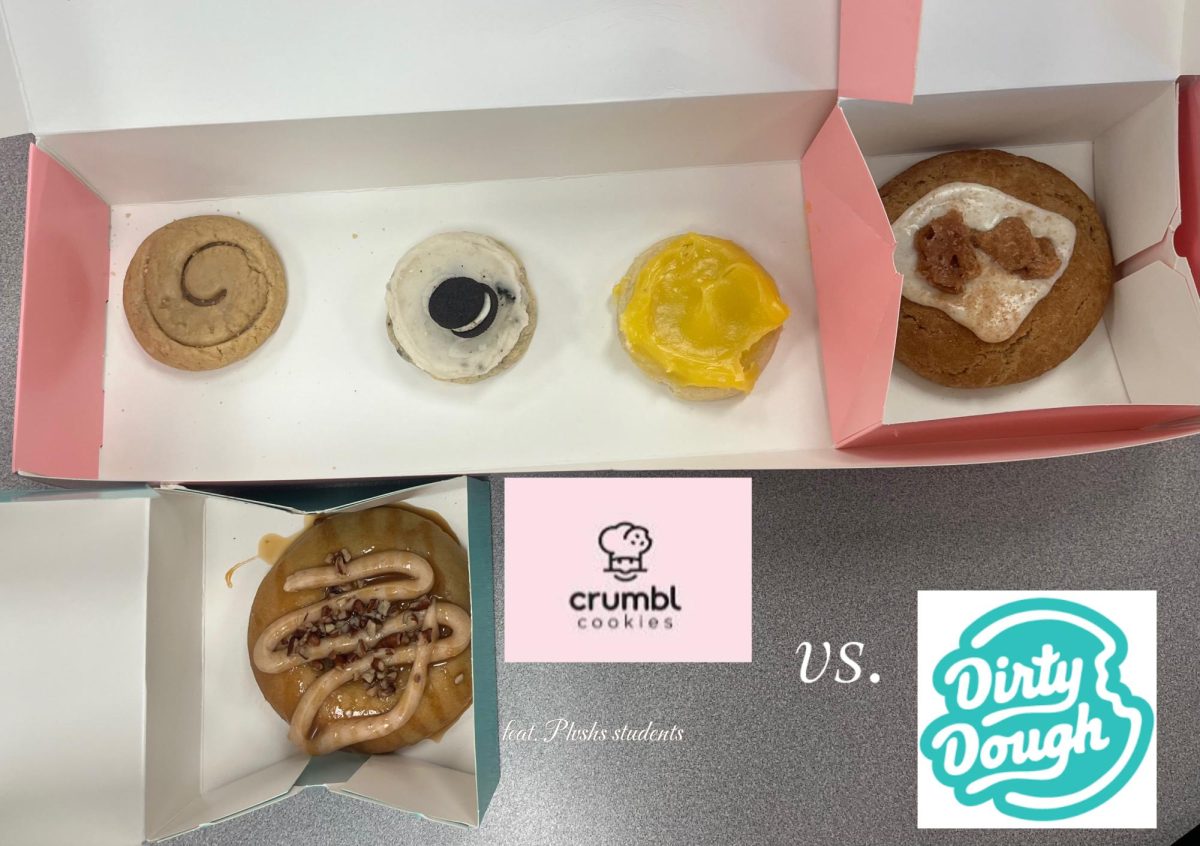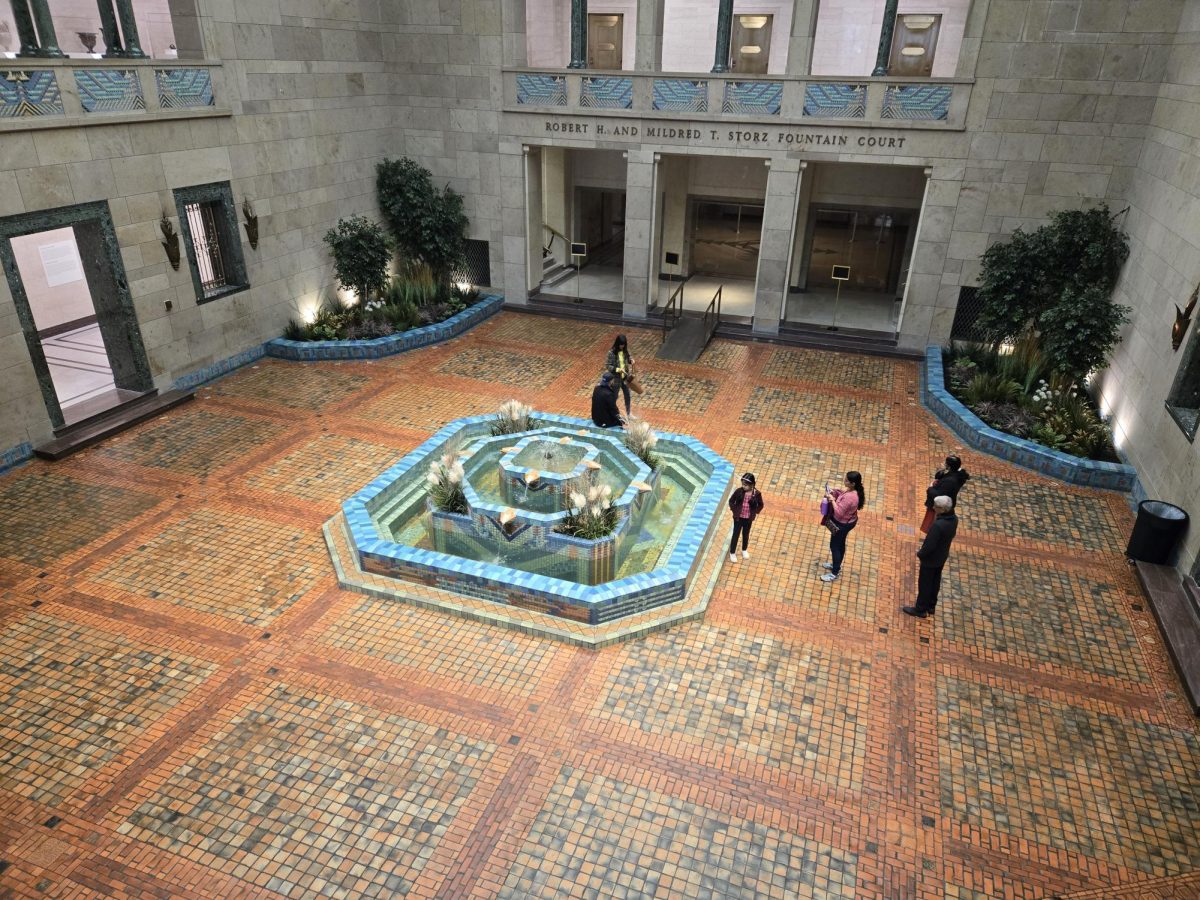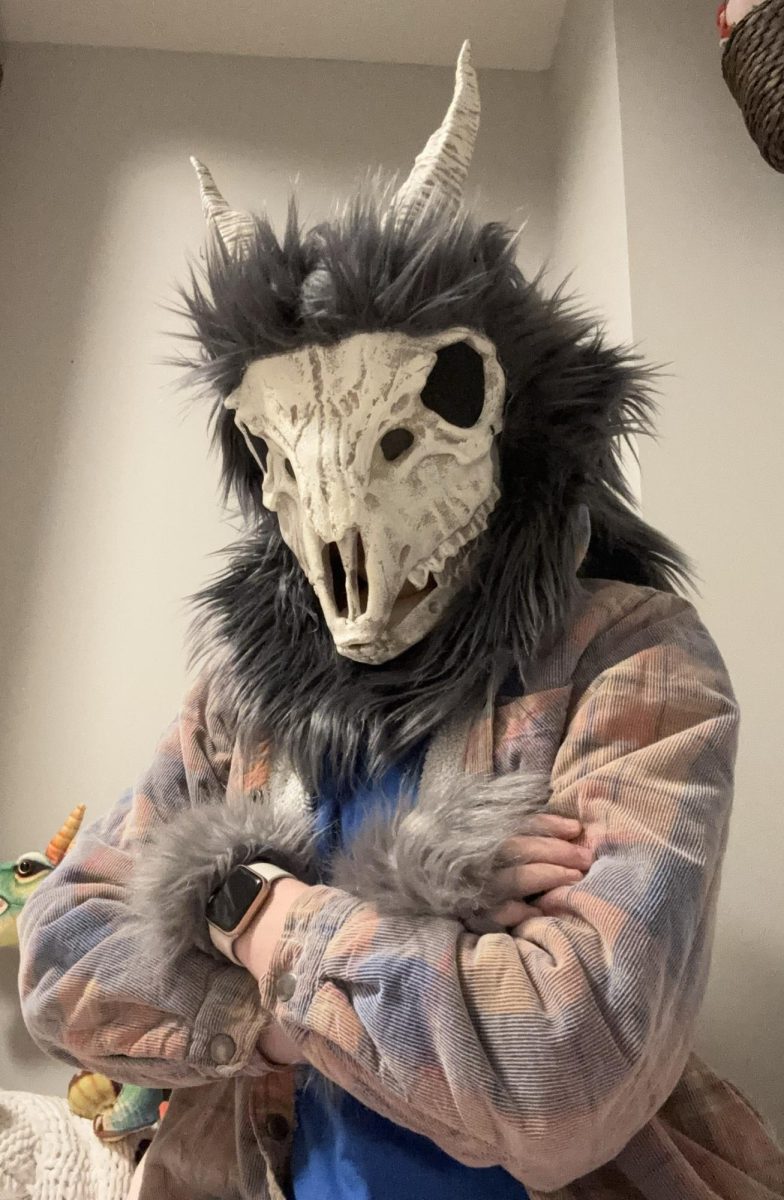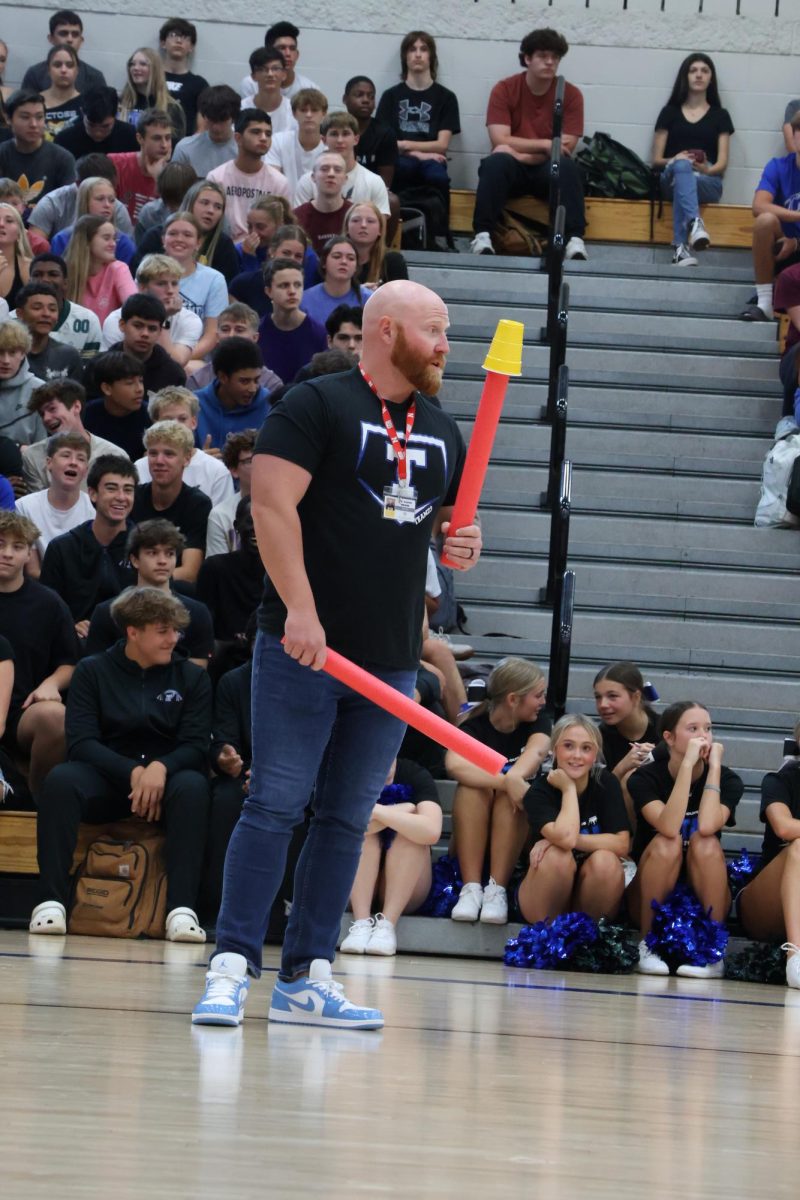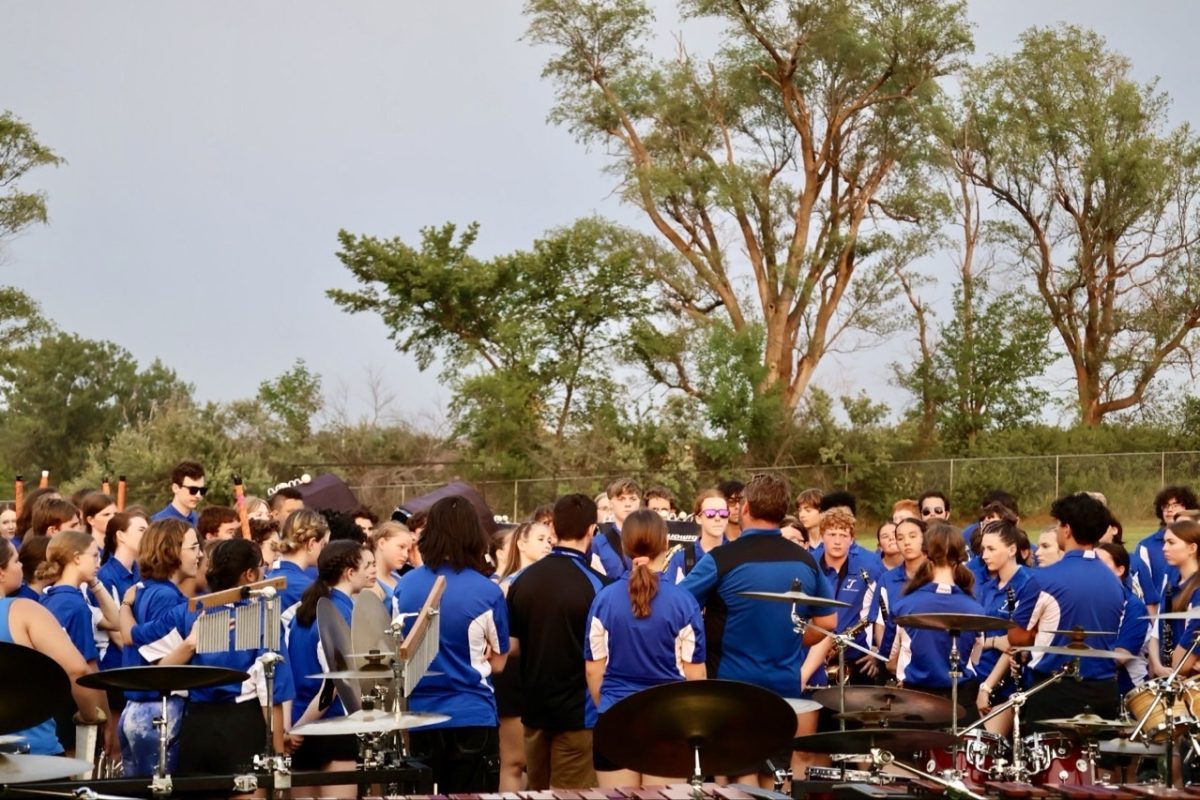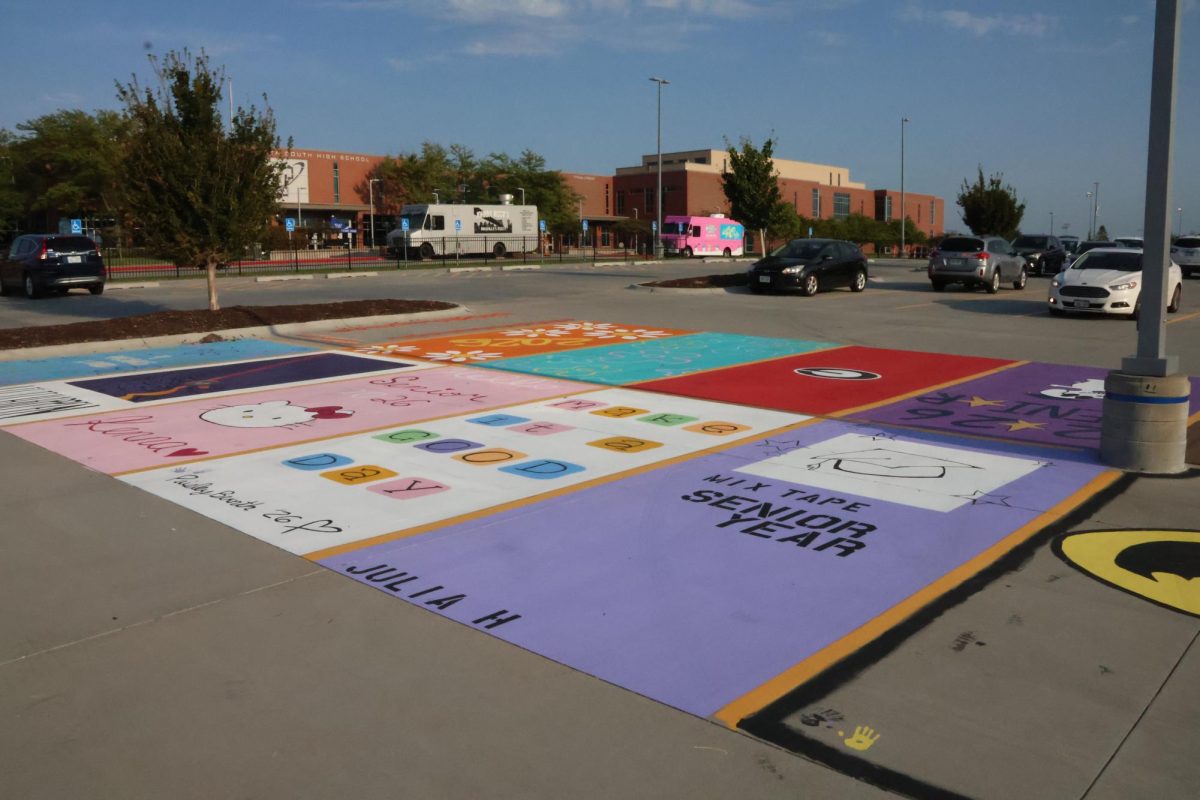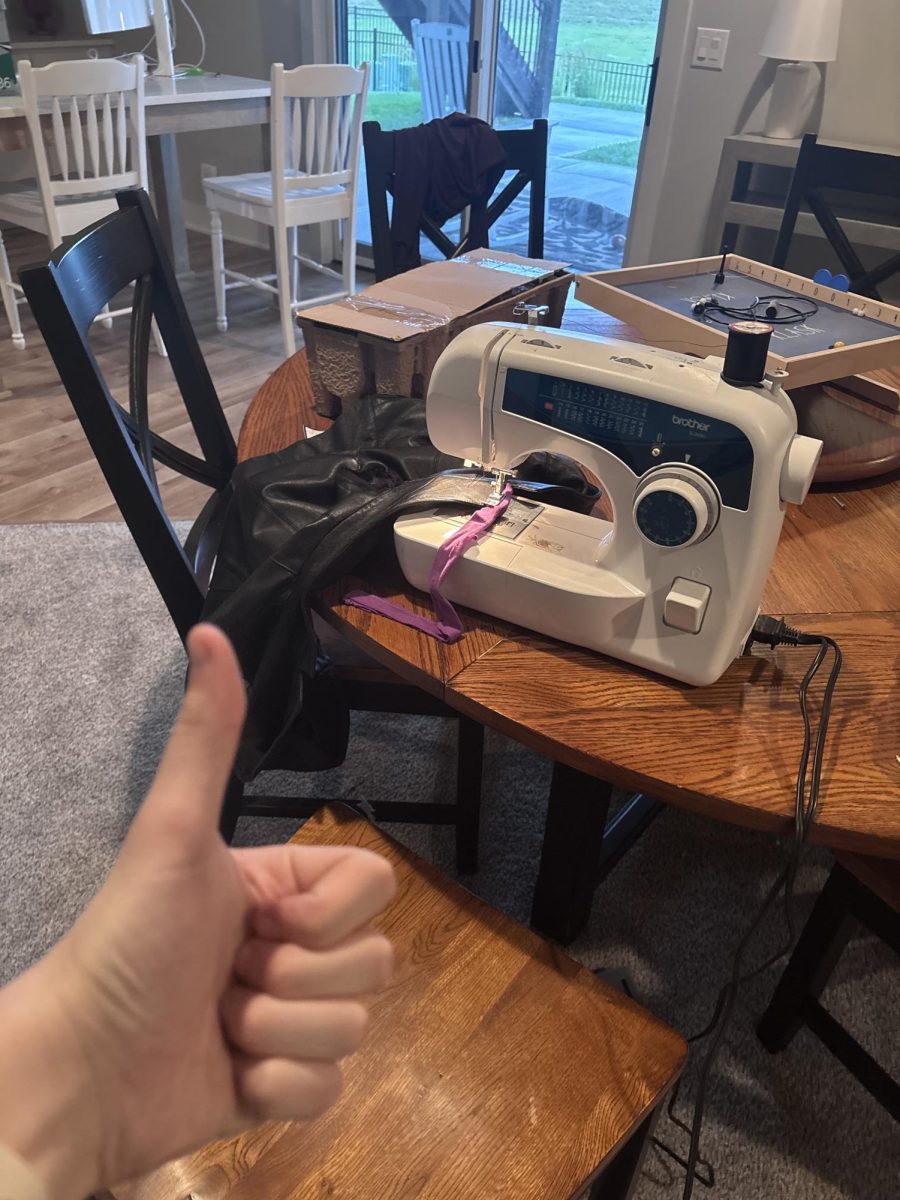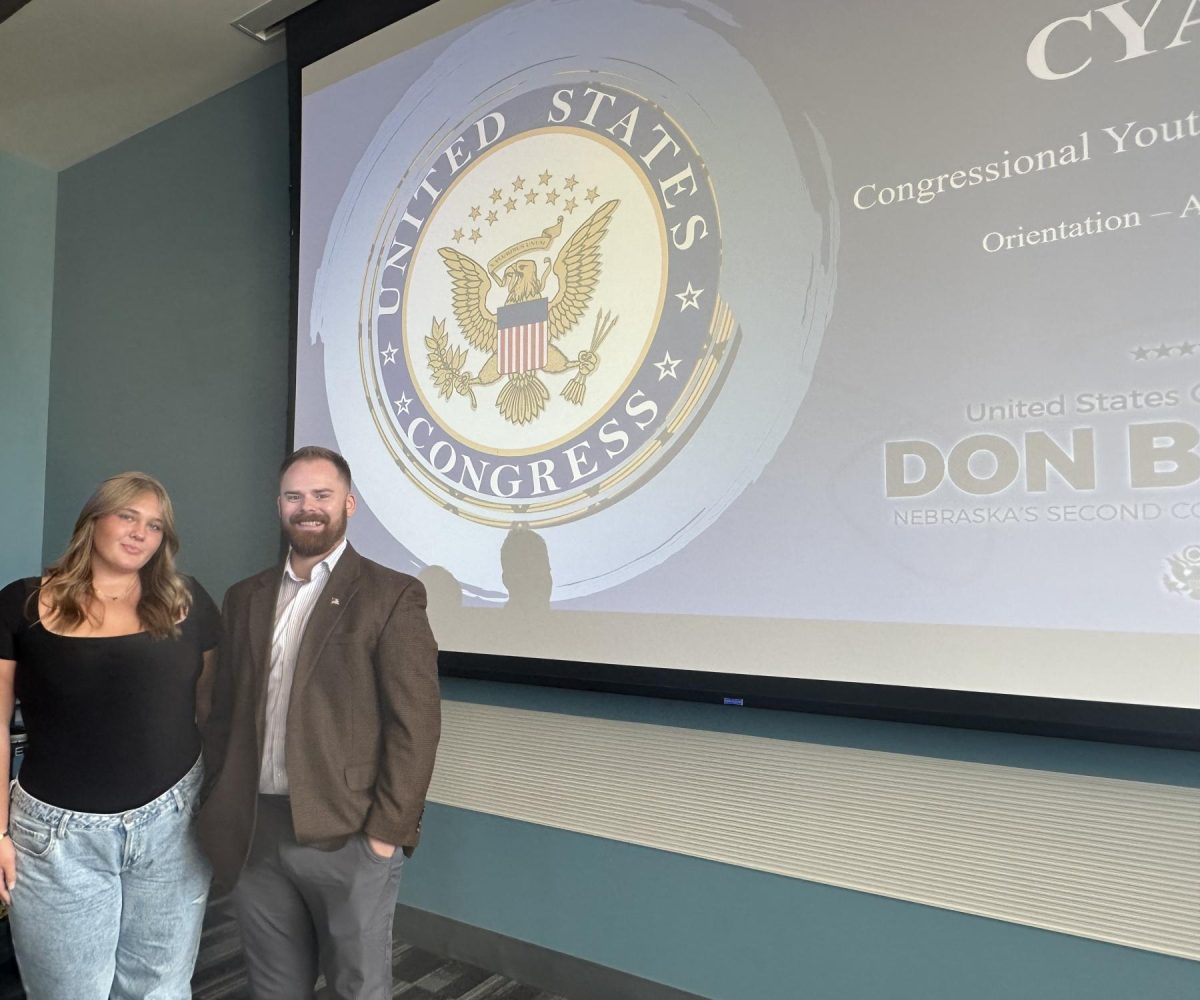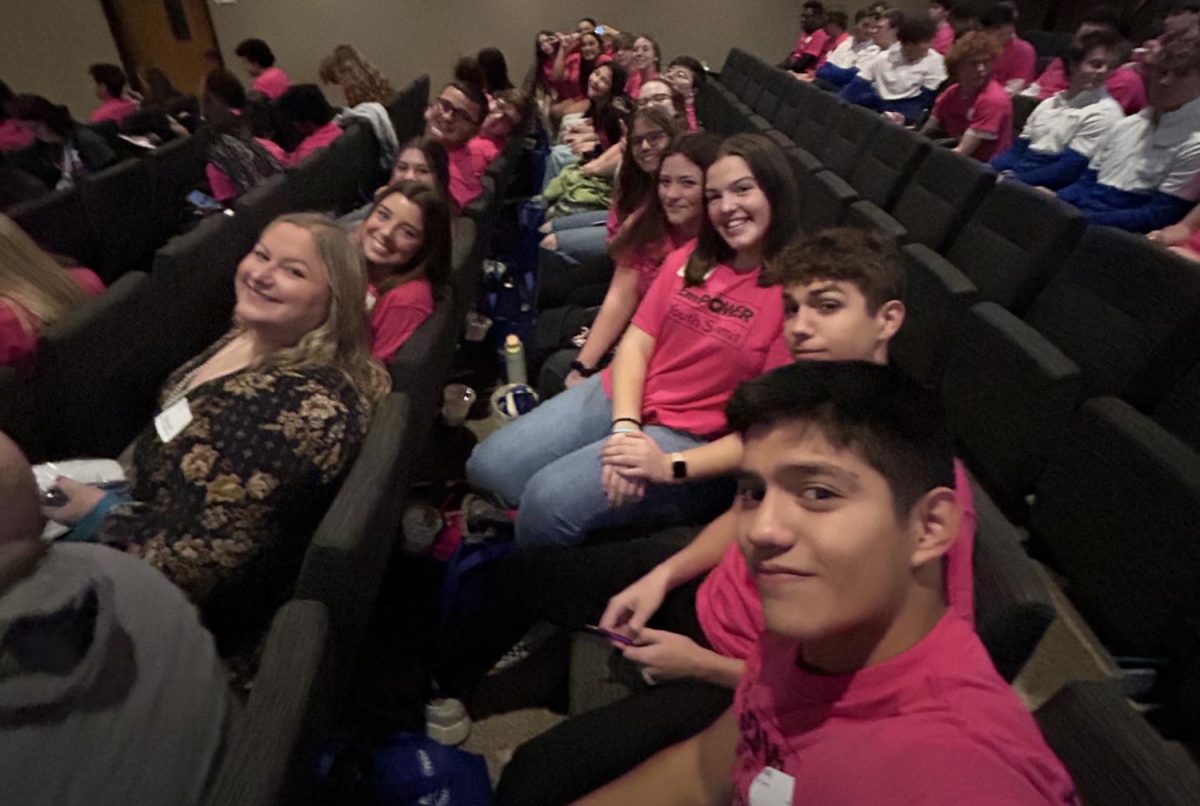With Halloween creeping up, many people are scrambling to answer the age-old question: “What am I going to dress up as this year?”
Do not fear, because we’ve gathered a team of expert cosplayers that dress up year round to help solve this bone-chilling mystery. Lots of effort goes into costume making, and the students here have put in the work to make some incredible costumes and ideas come to life.
Junior Amber Tomasek has been cosplaying since before COVID, and her advice focuses heavily on the details. “Learn basic makeup. It really helps elevate your costume,” she said. “Hair styling helps a lot, too. Focus on details so the look doesn’t feel cheap.”
Tomasek recommended having a sewing machine, paints, and foam always on hand, and balancing time by working in small chunks rather than pulling all-nighters.
Her most elaborate costume so far has been Christine from “Phantom of the Opera,” which is the still in the works. She’s been using lots of sheer silks and various other fabrics to capture the flowy nature of Christine’s dress.
But when it comes to simpler costumes, Tomasek is a dedicated thrifter. “I like finding pieces at thrift stores and putting them together. For a schoolgirl cosplay, I just grabbed a blazer from Goodwill and built around it. You can also use scrap fabric or layered thrifted pieces,” she said.
Tomasek’s top tip for beginners is to never take on a big challenge without knowing how to sew, and to always think about makeup.
“Makeup can make or break a costume…. There are tons of helpful tutorials on YouTube, Instagram, and Pinterest,” she said.
Senior Kay Bagley, another seasoned cosplayer since 2018, shared a more laid-back approach: “Thrift. Make it yourself. Either buy a costume and alter it, thrift pieces, hand-make parts, or paint things.”
And for essential tools? “X-Acto knives, cardboard, paint – really anything,” Bagley said.
When short on time, Bagley relies on hot glue and the “five-feet rule.” “If it looks good from five feet away, you’re good – people shouldn’t be up close!” Bagley said.
When asked for advice, Bagley’s quick answer was: “Watch lots of YouTube videos. Don’t feel like you have to do it exactly like the tutorial. Find what works for you.”
Margot Dietrich, a junior who has loved dressing up since she was a toddler but started creating her own costumes in 2020, emphasized creativity and resourcefulness.
“Always look for inspiration online, and don’t be afraid to alter clothing,” Dietrich said. “Fabric, scissors, hot glue, and motivation are the bare minimum. I’ve made many costumes without sewing.”
Dietrich’s most elaborate project was a mask with LED lights inside the mouth, complete with a hood and a switch to turn the lights on and off. Like the other cosplayers featured, Dietrich also heavily praised thrift stores for not only being affordable but also less time consuming than creating clothing from scratch. Her simplest costume was a jacket cut and glued with fabric trim paired with thrifted pants and boots, as well as a 3D-printed charm.
When asked about balancing time and budget, Dietrich said, “One costume took a full year to complete, but usually it takes a few weeks. The most I’ve spent is around $100, mainly for supplies and a large prop.”
She swears by hot glue, as it dries quickly, and she also recommends using what you already have before you go out and buy new materials.
When it comes to comparing with online pros, Dietrich encouraged newbies not to get discouraged.“Most people spend years perfecting their costumes. My first one was only wearable for a few days before it became too uncomfortable!” she said.
Whether a seasoned cosplay veteran or completely new to costume making, the key to a killer Halloween costume lies in creativity, planning, and a little resourcefulness. Start small, thrift, watch tutorials, and don’t forget that the magic lies in the details! But most important, have fun with it! Happy Halloween and happy crafting!


![Pictured above is a structure that displays the names of Nebraska Vietnam veterans in order to “honor [their] courage, sacrifice and devotion to duty and country.”](https://plsouthsidescroll.com/wp-content/uploads/2025/10/Trey_092625_0014-e1760030641144-1200x490.jpg)



